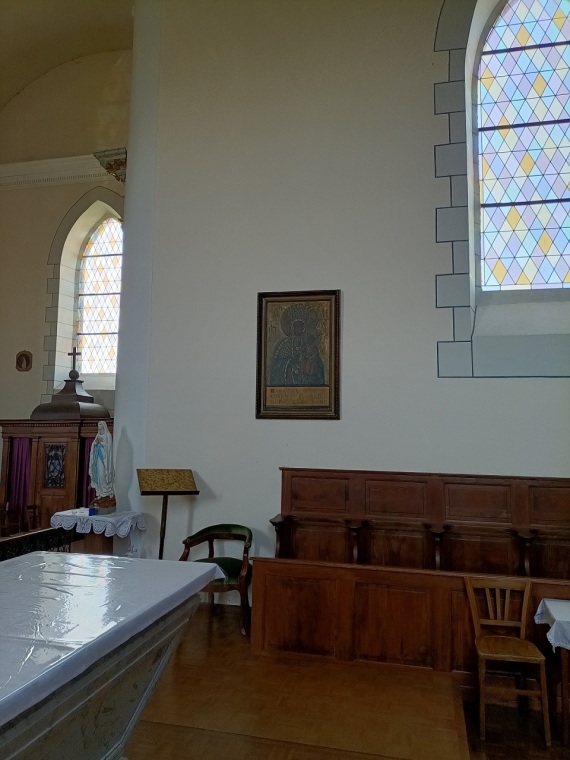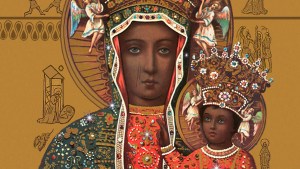What is the thread that links Comblessac, a charming Breton village located about 32 miles southwest of Rennes, in France, and the Marian shrine of Czestochowa, in Poland? It’s a link that passes through World War II and testifies to the friendship and the rare hospitality of Bretons.
You’ll see the key to this story if you enter the church of Saint-Eloi (St. Eligius). To the left of the altar, you can see a painting representing the icon of Our Lady of Czestochowa, from Poland, which might seem out of place in this little French town. Its fate is quite extraordinary, reflecting the rich history of the Poles in France, as Artur Hanula explains in an article published on polskiFR., the website of the Polish Catholic Mission in France.

On September 1, 1939, Poland was attacked by the German army. On the 3rd, France declared war on Germany and a general mobilization was decreed.
Just three weeks later, Poland surrendered, and the country was divided between Russia and Germany. The Polish government and army fled and took refuge throughout Europe.
In France, on September 9, the Polish ambassador Lukasiewicz and the French Minister of Foreign Affairs, Georges Bonnet, signed an agreement on the formation of a Polish army division in France. The Coëtquidan military camp, which was available at the time, was handed over to the Polish authorities on September 12 to form a first division.
Initially planned for training, Coëtquidan saw an influx of large numbers of Poles. The first groups of volunteers arrived on September 20. There were 22,029 of them by the spring of 1940, according to Jean-Charles Caillard, a photographer with a passion for the region’s history.
In order to accommodate all the units in the autumn of 1939, five regiments were distributed throughout the region. They were located in Guer, Plélan-le-Grand, Mauron, Beignon, Parthenay-de-Bretagne and lastly Comblessac, where the 11th company of Polish cadets was stationed. Among them was Stanislas Mikola, a painter specialized in religious art.

The painter had the idea of making a reproduction of the icon of the Virgin of Czestochowa to offer to the mayor of the village of Comblessac.
In February 1940, before leaving for the front, the Polish army solemnly brought the painting to the town hall as a sign of gratitude to all the inhabitants of the village.
Although the painting is still the object of great veneration, it is now in need of restoration. This undertaking has been enthusiastically taken up by the association “Quo vadis — following the steps of the Poles in Brittany.”



